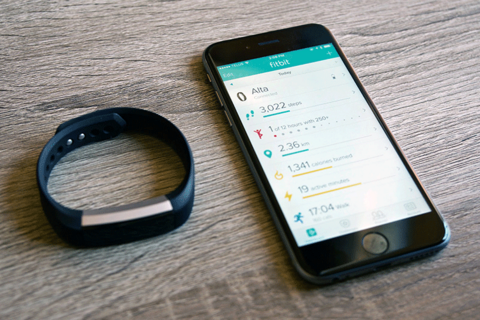
Public health surveillance has developed in recent years as technology has progressed to deliver the requirements of such a system. However, there is still room for innovation in the types of technologies that are developed, used, and implemented. The solutions provided in this study can expand beyond typically defined features and be used for more holistic health monitoring purposes at population level.
The objective of this project is to validate our hypothesis that data from the internet of things e.g. remote motion sensors could be used to quantify and track an individual’s movements and sleep around the house.
Based upon our initial results, the next step is to determine if this could be a novel data collection method according to the national census level surveys administered by governmental bodies. The results will be used to inform a larger implementation study of similar smart home technologies to gather data for machine learning algorithms and to build upon pattern recognition and comprehensive public health surveillance. The whole project has been divided into three studies- in the first part of the study data was collected from a pilot study with a sample of eight to validate the use of data from remote motion sensors with fitness trackers to quantify movement in the home. A large database containing records from smart home thermostats was analyzed to compare the indicators of sleep, physical activity, and sedentary behaviour developed by the Public Health Agency of Canada and collected through traditional survey methods.
In the second part of the study I am planning to recruit participants from the population of ecobee thermostat uses and collect additional demographic information to further analysis and improve our algorithm for sleep, indoor physical activity and sedentary behavior. Once the result is out I will start the third study which includes data collection from other sensors within a subpopulation having diabetes to localize the use of those algorithms.
The results from the first study showed that there was a significant Spearman correlation coefficient of 0.8, which indicates a positive linear association between the total number of sensors activated and the total number of indoor steps tracked by fitness tracker (Fitbit) travelled by study participants. Additionally, the indicators of sleep, physical activity, and sedentary behaviour were all found to be highly comparable to those attained by the Public Health Agency of Canada. The results demonstrate that remote motion sensors are a viable option compared to traditional survey data collection methods for health data collection and are also a form of zero-effort technology that can be used to monitor the occupants of a home.
Project members:
Kirti Sundar Sahu, PhD
Last updated: April 06, 2021